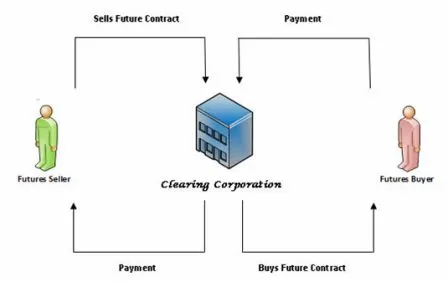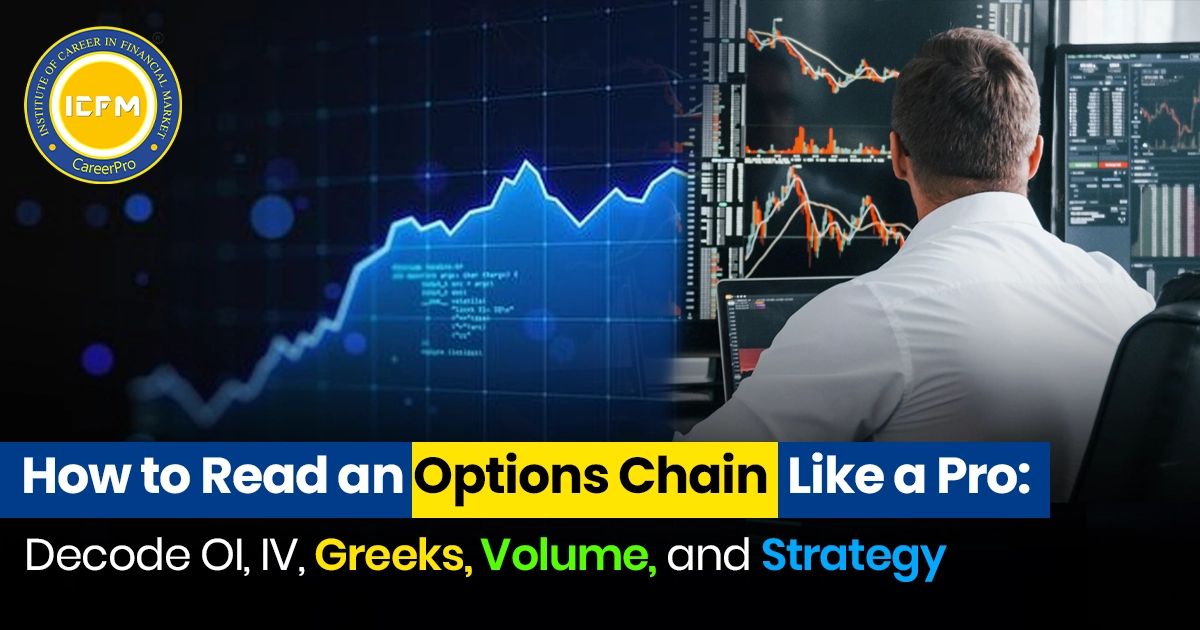Margin Calculation in derivatives in India
The most important attribute of the derivatives trading in India is the calculation of margins, basically on the futures and options. In simple words, margins are a kind of deposits that a trader has to keep in his account for covering his losses so as not to disrupt his obligation in the said derivatives market. The concept of the margin mechanism in India is conceptualised by the Securities and Exchange Board of India or SEBI, and implemented by the exchanges like NSE and BSE.
Types of Margins in Futures:
1.Initial Margin:
Definition: The Amount, which a trader has to deposit at the time of entering the contract, is known as Initial Margin. It is kept aside so as to guard against a potential loss on account of adverse price movement.
Calculation: This is regarding the SPAN system- a Standard Portfolio Analysis of Risk, a system that calculates an overall value of the risk of the portfolio and gives the amount of margin that is in need. Normal margin could lie in the range between 5% and 15% of notional value of the contract, depending on volatility of the underlie.
2. Exposure Margin:
• Definition: It's an additional margin that the exchanges need in case of sudden volatility in the market.
• Calculation: Exposure margin is usually computed as a % of notional value of the contract over and above the IM. The exposure margin which normally ranges between 3% - 5%.
3. Mark-to-Market (MTM) Margin:
Definition: MTM Margin refers to a form of representation which reflects the profit or loss in a futures position, on a day-to-day basis, with respect to the change in price of an underlying asset.
Calculation: Mark-to-Market simply means that a futures contract needs to be valued at the closing price of the day every day. It is the practice of crediting or charging the profit or loss due to fluctuation of market price to the holder's account. After MTM adjustment, the trader has to maintain the margin at the requisite level.
4. Extra Margins:
Definition: Exchanges can demand greater margins at turbulent market conditions so as to take care of the market risks.
Calculation: Usually, these are supplied by the exchange itself, and the rates fluctuate with the circumstances.
Types of Margins in Options:
1.Buyer of Options (Premium Margin):
Definition: The buyer of the option needs to pay only the premium. The premium is the option price. No extra margin requirement is required here as the loss for the buyer cannot exceed the premium that he has paid.
2.Option Writer Initial Margin:
Definition: Since the holder is carrying the risk of unlimited losses in nature, just like futures, an initial margin has to be deposited by the seller or the writer of an options contract.
Calculation: In case of the seller, the initial margin is calculated under the SPAN system by adding the premium received to an additional margin for covering the potential adverse price movements.
3.Exposure Margin for Option Sellers:
Definition: Just like futures, option sellers also have to maintain an exposure margin in case the market shows sudden volatility that is hard to predict.
Calculation: In essence, a percentage of the notional value of the security being traded is added to the initial margin.
How Margins Work in Practice:
Example of Futures Margin:
Assume you enter into a contract on a Nifty 50 future whose notional value is ₹ 10,00,000. Assume the initial margin is kept at 10%. Now, you are supposed to deposit ₹ 1,00,000 in your trading account. Again, assuming the exposure margin is 5%, you would require an extra ₹ 50,000. Therefore, the margin that you are supposed to pay would be ₹ 1,50,000 in total.
Options Margin Example: Seller
Suppose you want to sell a call option of Reliance Industries with a strike price of ₹2,500 for which you received a premium of ₹50 per share. The SPAN system shall compute the initial margin, which could be, say ₹1,00,000 depending upon its perception of risk. Moreover, since the exposure margin is 3%, another ₹30,000 may have to be deposited and thus, the total margin may reach ₹1,30,000.
Margin Maintenance-Margin Calls: If the market moves opposite to your position and your account falls below the margin requirement, you will be subjected to a margin call. In that case, more funds need to be deposited to keep the position. If you fail to meet a margin call, your broker can liquidate your position.
- Daily Monitoring: Traders are called upon to check daily on their margin level, even more so in volatile markets, to avoid any margin calls that would lead to the liquidation of their positions.
Regulatory Guidelines:
• SEBI Guidelines: This was laid down by SEBI with respect to the margin requirements and thus sets the regulatory framework in India. It makes sure that a margin system is robust and protective for all market participants against undue risk.
• Exchange Rules: These are followed by NSE and BSE, respectively. In their interest in the integrity of the marketplace, they are always allowed to request larger margins when volatility is high.
Conclusion:-
These are one of the key factors in derivatives trading in India, ensuring that one can fulfill his obligations and manage his risks effectively. No Indian derivatives trader can afford to neglect the full understanding of types of margins available to him, namely initial, exposure, and mark-to-market. Proper management of margins will help him avoid margin calls, or forced liquidation of positions, which further goes a long way in facilitating smooth and secured trading.









